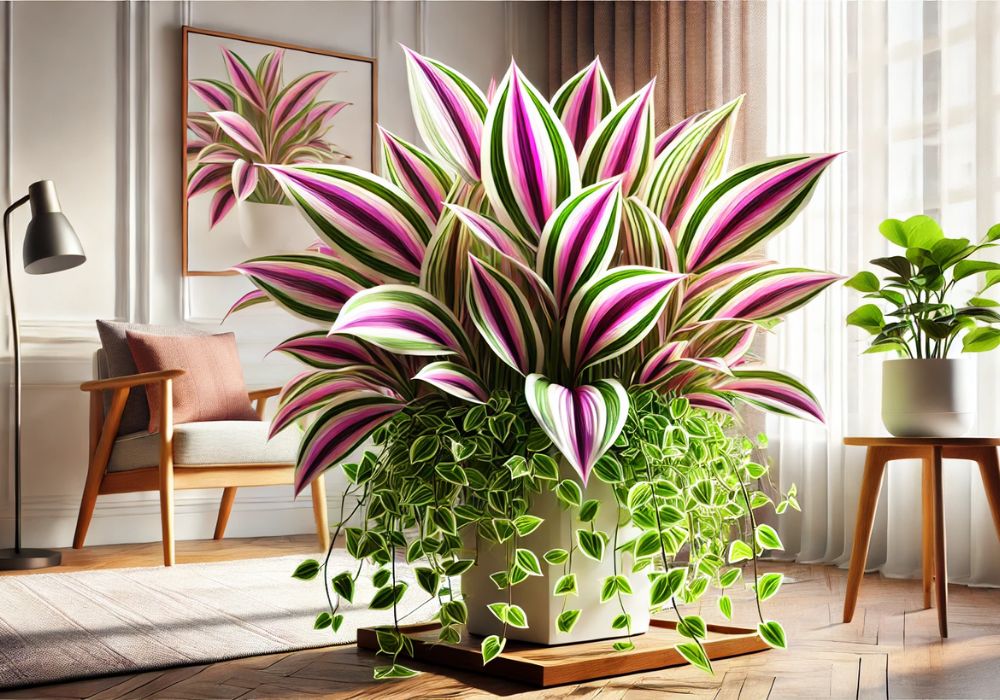Have you ever wondered how nature holds the key to true healing? Imagine if your kitchen herbs, simple foods, and mindful habits could restore your body’s balance and peace. That’s what Pondershort Natural Remedies are all about—a gentle, holistic way to heal, nurture, and grow in harmony with nature. In this guide, we’ll uncover what this term means, explore its roots, and walk through practical ways to make natural remedies part of your daily life.
What Are “Pondershort Natural Remedies”?
The term “Pondershort Natural Remedies” may sound mysterious, but it combines two beautiful ideas—pondering nature’s wisdom and short, simple steps toward better health. It represents a mindful, nature-based approach to wellness that focuses on using herbs, foods, and lifestyle practices to support the body’s natural healing ability.
At its core, it’s not about quick fixes but about nurturing long-term well-being through natural methods. Whether it’s calming your mind with herbal tea or soothing your skin with aloe vera, Pondershort Natural Remedies bring balance without relying heavily on chemicals or synthetic drugs.
The Roots of Natural Healing
Long before modern medicine, people relied on nature to stay healthy. Ancient civilizations like those in India, China, and Greece developed entire systems—Ayurveda, Traditional Chinese Medicine (TCM), and Hippocratic Medicine—based on the idea that nature provides everything we need to heal.
These practices believed in balance—between body, mind, and environment. For example, in Ayurveda, illness occurs when this balance is disrupted. Similarly, in TCM, the flow of life energy or Qi must remain smooth for good health. Pondershort Natural Remedies echo these ancient teachings while blending them with modern knowledge.
Core Principles of Pondershort Natural Remedies
1. Support the Body’s Natural Healing Power:
Our bodies are naturally designed to heal. Natural remedies aim to assist, not override, these processes.
2. Treat the Root Cause, Not Just the Symptom:
Instead of only masking pain, they seek to understand why a problem occurs—like why your skin breaks out or why you feel low on energy.
3. Embrace Simplicity:
Healing doesn’t have to be complicated. Sometimes, a warm cup of ginger tea or a 10-minute walk can make a big difference.
4. Personalization:
No two people are the same. Remedies should fit your body type, needs, and lifestyle—just like a custom-fit outfit.
5. Safety First:
Natural doesn’t always mean safe. Responsible use and consulting a professional when needed are essential parts of this philosophy.
Categories of Natural Remedies
Natural remedies can be grouped into four main types. Each category plays a special role in supporting holistic wellness.

1. Herbal and Botanical Remedies
Plants have always been humanity’s best healers. Herbs like turmeric, ginger, and chamomile contain natural compounds that can reduce inflammation, boost immunity, and calm the nervous system. For instance, turmeric’s active compound curcumin acts as a natural anti-inflammatory—like a soothing balm for the body’s internal fire.
Other examples include:
-
Peppermint: Aids digestion and reduces nausea
-
Lavender: Eases anxiety and promotes relaxation
-
Echinacea: Strengthens immune defense
2. Food-Based and Nutritional Remedies
You’ve probably heard the phrase “Let food be thy medicine.” This idea forms the foundation of nutritional healing. Superfoods like leafy greens, berries, nuts, and garlic are loaded with vitamins and antioxidants that protect the body from disease.
For example, eating more fiber from fruits and vegetables helps your gut health—your body’s second brain. Similarly, green tea helps flush out toxins and refreshes your energy.
3. Mind-Body and Lifestyle Practices
Your mental state deeply affects your physical health. Practices like yoga, meditation, and breathwork align your mind and body. They lower stress hormones, balance energy, and help you stay centered in daily chaos.
A simple analogy: your mind is like the sky, and your thoughts are clouds. Mind-body practices teach you to observe the clouds without losing sight of the clear sky behind them.
4. Detoxification and Seasonal Remedies
Nature moves in seasons, and so do our bodies. Detoxifying with natural foods like lemon water, green juices, or bitter greens in spring helps your body reset. Likewise, warm soups in winter or fresh salads in summer help maintain internal harmony.
How Pondershort Remedies Work: Examples and Benefits
Let’s explore how these natural methods work in real life.
Turmeric – The Golden Healer
Turmeric fights inflammation and boosts immunity. It’s often used in teas or milk (“golden milk”) to reduce joint pain and improve skin tone.
Aloe Vera – The Soothing Plant
Known for cooling and healing, aloe vera gel helps treat burns, acne, and even digestive issues when used correctly.
Ginger – The Natural Energizer
From easing nausea to boosting metabolism, ginger’s warmth supports digestion and circulation—especially in cold weather.
Chamomile – Nature’s Calm
This gentle flower helps you sleep better and reduces stress. A warm cup before bed can work wonders.
Honey and Lemon – Everyday Detox Duo
Together, they purify your system, soothe sore throats, and keep your skin glowing.
Creating Your Personalized Wellness Routine
Building your natural wellness routine doesn’t require fancy products. It’s about small, mindful choices that add up over time.
1. Assess Your Lifestyle:
Notice your sleep, diet, and stress levels. Identify what feels “off.”
2. Start Small:
Begin with one habit—a morning herbal tea, a five-minute meditation, or swapping junk snacks for fruit.
3. Listen to Your Body:
If a remedy doesn’t feel right, stop. Your body communicates through subtle signals.
4. Stay Consistent:
Healing is a journey, not a race. A consistent approach yields better long-term results.
5. Seek Professional Advice:
Before taking supplements or herbs, consult a healthcare expert—especially if you’re on medication.
Common Myths About Natural Remedies
Let’s clear up some common misconceptions.
Myth 1: Natural means safe.
Not always! Some herbs can interact with medications or cause allergies.
Myth 2: Remedies work instantly.
Unlike synthetic drugs, natural remedies often take time to show results because they work gently with the body.
Myth 3: Modern medicine is the enemy.
Not true. The best approach is integration—using both modern and natural methods when needed.
Evidence and Scientific Support
Modern research is slowly catching up with ancient wisdom. For example:
-
Curcumin in turmeric has been studied for its anti-inflammatory properties.
-
Aloe vera has shown skin-healing effects in multiple trials.
-
Green tea and ginger are recognized for their antioxidant effects.
While not all remedies have solid scientific proof yet, growing evidence supports many traditional practices.
Real-Life Application: A Case Study
Consider Sarah, a 35-year-old teacher struggling with stress and poor sleep. Instead of relying solely on pills, she started using natural remedies:
-
Swapped coffee for chamomile tea
-
Practiced deep breathing before bed
-
Used lavender oil for relaxation
Within weeks, she felt calmer, more focused, and slept better. That’s the power of small, consistent natural habits.
The Future of Natural Remedies
The future of holistic wellness looks bright. Technology is making personalized healing accessible to everyone. From AI-based health apps to wearable trackers that monitor stress levels, natural and modern health practices are blending beautifully. Platforms like “Pondershort” (if developed) could soon help users create tailored wellness plans using data and tradition combined.
Conclusion
At the heart of Pondershort Natural Remedies lies one message—healing is natural. You don’t need to look far; sometimes, the answers are in your garden, your kitchen, or your daily habits. Nature is the oldest doctor, and we are her students. By returning to her wisdom—slowly, thoughtfully, and safely—you nurture not just your body, but your mind and spirit too.
Frequently Asked Questions (FAQs)
1. What are Pondershort Natural Remedies?
They refer to a holistic approach that blends herbal, nutritional, and lifestyle remedies to promote wellness using natural means.
2. Are natural remedies scientifically proven?
Some are well-supported by research—like turmeric and aloe vera—while others are still under study. Always check reliable sources before use.
3. Can I use natural remedies with modern medicine?
Yes, but it’s best to consult your doctor. Some herbs may interfere with prescriptions, so expert advice ensures safety.
4. How long does it take to see results from natural remedies?
It varies by person and condition. Most natural remedies work gradually, improving overall balance rather than providing instant relief.
5. Is it safe to make homemade natural remedies?
Yes, if done correctly. Always use clean ingredients, proper dosages, and test for allergies. When unsure, seek professional guidance.


